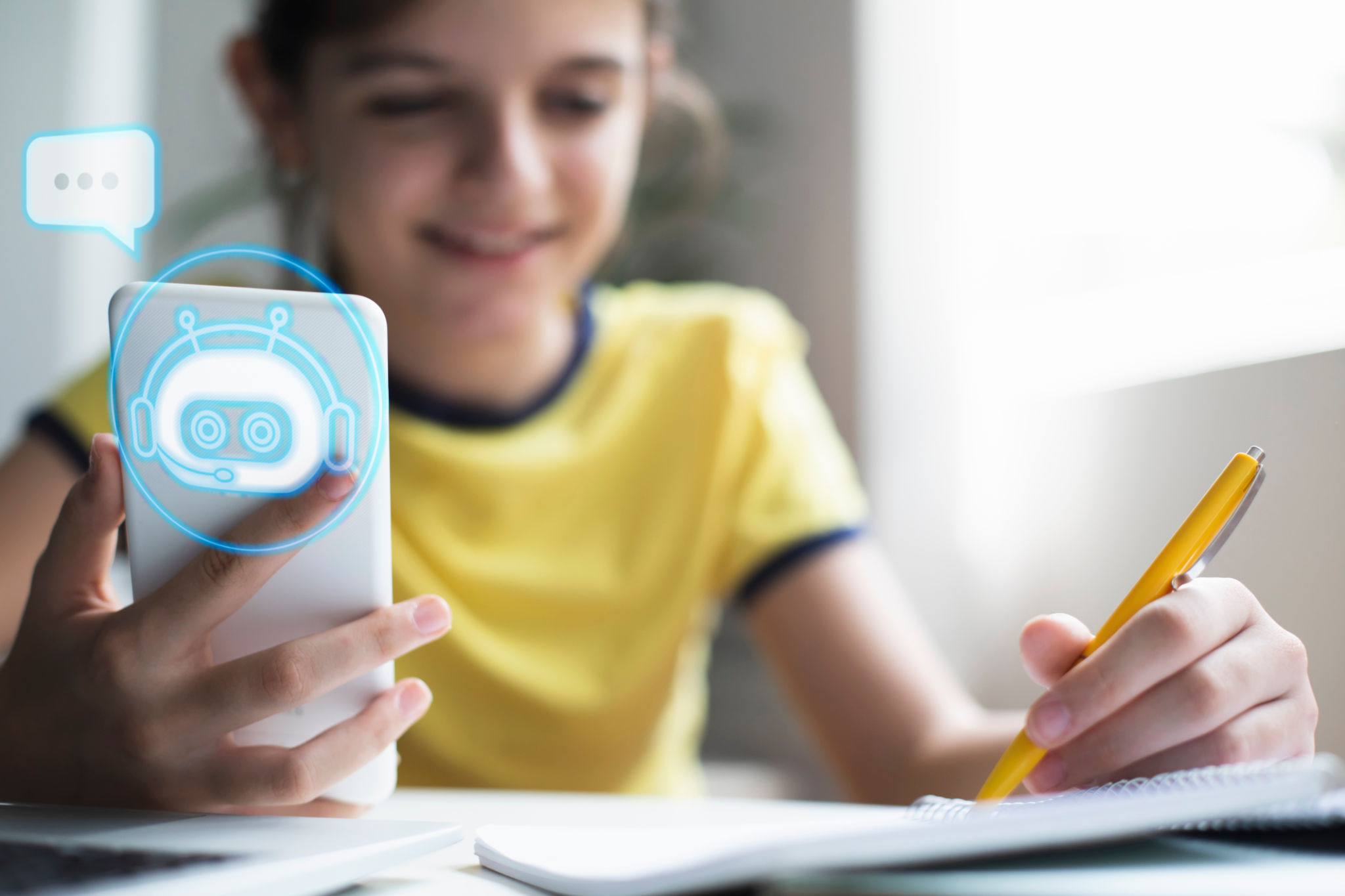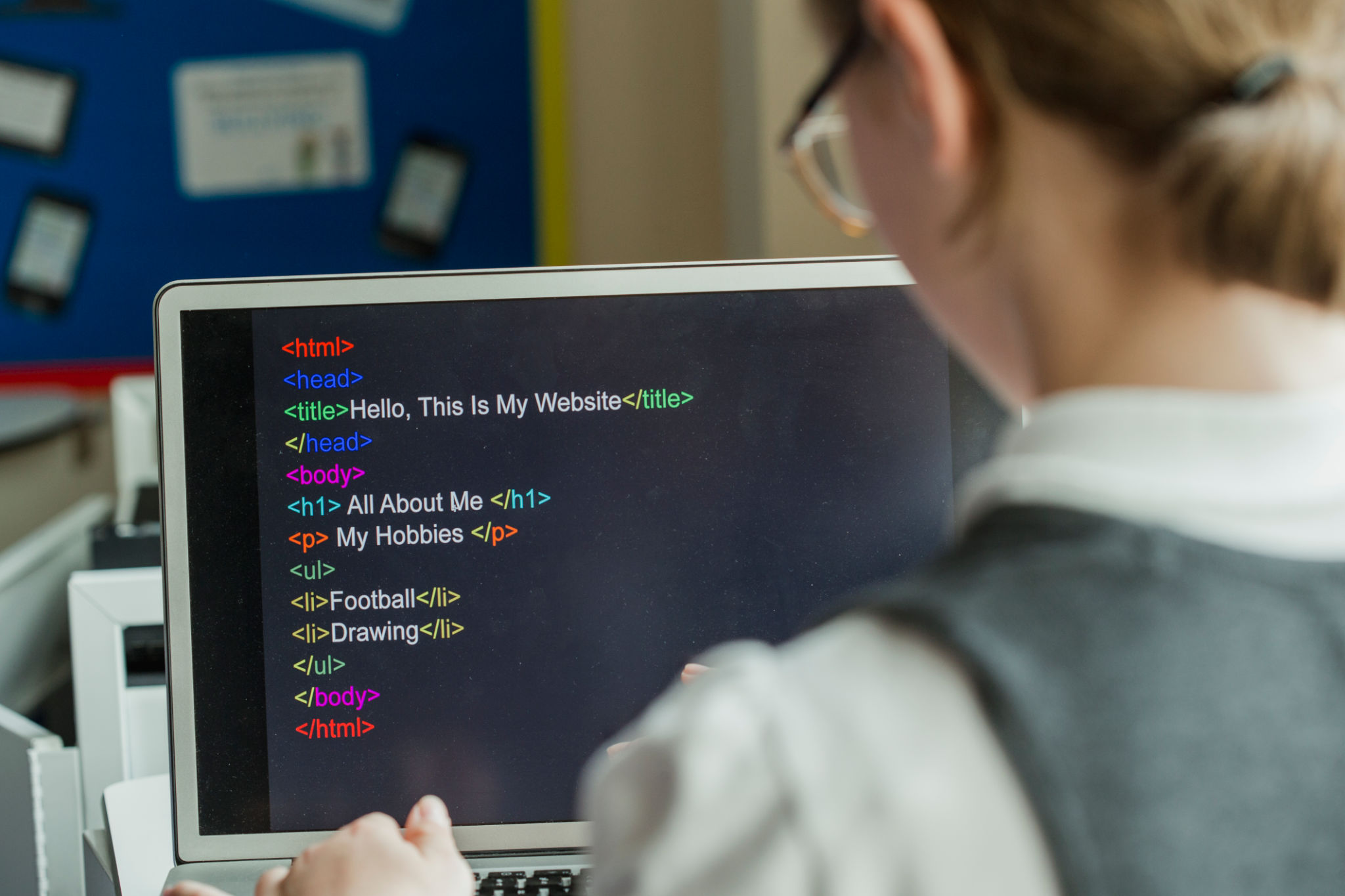AI Training for Kids: Nurturing the Next Generation of Innovators
Introduction to AI for Young Minds
Artificial Intelligence (AI) is rapidly transforming the world as we know it, and it's crucial that the next generation is prepared to navigate and contribute to this evolving landscape. Introducing AI to children at a young age can spark curiosity, foster innovation, and equip them with the skills needed for future careers. In this blog post, we explore how AI training for kids can nurture the next generation of innovators.

Why Teach AI to Kids?
In today's digital age, understanding AI is as essential as learning math or science. By teaching children about AI, we're not just preparing them for potential careers in technology, but also helping them develop critical thinking and problem-solving skills. These skills are applicable in numerous fields beyond technology, making AI education a valuable asset for any child's future.
Moreover, introducing AI concepts can help demystify the technology, reducing any apprehension they might have about it. When children learn how AI works, they are more likely to see it as a tool that they can shape and use, rather than something to fear or resist.
The Building Blocks of AI Education
When it comes to teaching AI to kids, breaking down complex concepts into manageable pieces is key. Here are some fundamental topics to cover:
- Algorithms: The basic building block of AI, teaching kids how algorithms work can help them understand the logic behind AI decision-making.
- Machine Learning: Introduce the concept of machines learning from data and improving over time.
- Data Science: Help them appreciate the importance of data in AI processes.

Tools and Resources for Teaching AI
Numerous tools and resources are available to make AI learning accessible and fun for children. Platforms like Scratch and Tynker offer beginner-friendly environments where kids can learn coding and basic AI principles through interactive projects. These platforms often use game-like interfaces to keep children engaged while they learn.
Additionally, educational kits like Lego Mindstorms and Ozobot provide hands-on opportunities for kids to build robots and experiment with AI in a tangible way. These experiences not only enhance their understanding but also inspire creativity and innovation.
Encouraging Creativity and Innovation
AI education should not be limited to technical skills alone. Encouraging creativity and innovation is equally important. By integrating art, storytelling, and design thinking into AI projects, children can explore the broader implications of AI in society. This holistic approach ensures that they not only understand how AI works but also contemplate its ethical and societal impact.

The Role of Parents and Educators
Parents and educators play a crucial role in fostering an environment conducive to AI learning. Encouraging curiosity, supporting exploration, and providing access to resources are essential steps in nurturing young innovators. Collaboration between schools, parents, and technology experts can create comprehensive learning experiences that inspire children to pursue their interests in AI.
Ultimately, by investing in AI education for kids today, we are planting the seeds for a future where innovation knows no bounds. As these young minds grow, they are poised to lead transformative changes across industries, making our world a more advanced and equitable place.
Conclusion
Nurturing the next generation of innovators through AI training is an exciting journey filled with endless possibilities. By equipping children with the knowledge and skills they need to understand and shape the future of technology, we empower them to become leaders in the world of tomorrow. Let's embrace this opportunity to inspire and educate young minds for a brighter future.
